Second language learners have trouble transitioning from isolated learning to real-world application
If you've ever tried to learn a second language, you know one of the hardest parts is making that transition from isolated learning, whether that's in a classroom, from a textbook, or online, to actually practicing in the real world. You have to find a context that's challenging, but not overwhelming. You have to find someone to practice with. You have to get feedback from your partner. And you have to do it over and over again. People who are only learning through online platforms have it even harder: completing gamified exercises on a mobile app for 10 minutes a day is totally different from using language in the real world. What if there was a language-learning app where real-world application isn't an afterthought, but the focus?
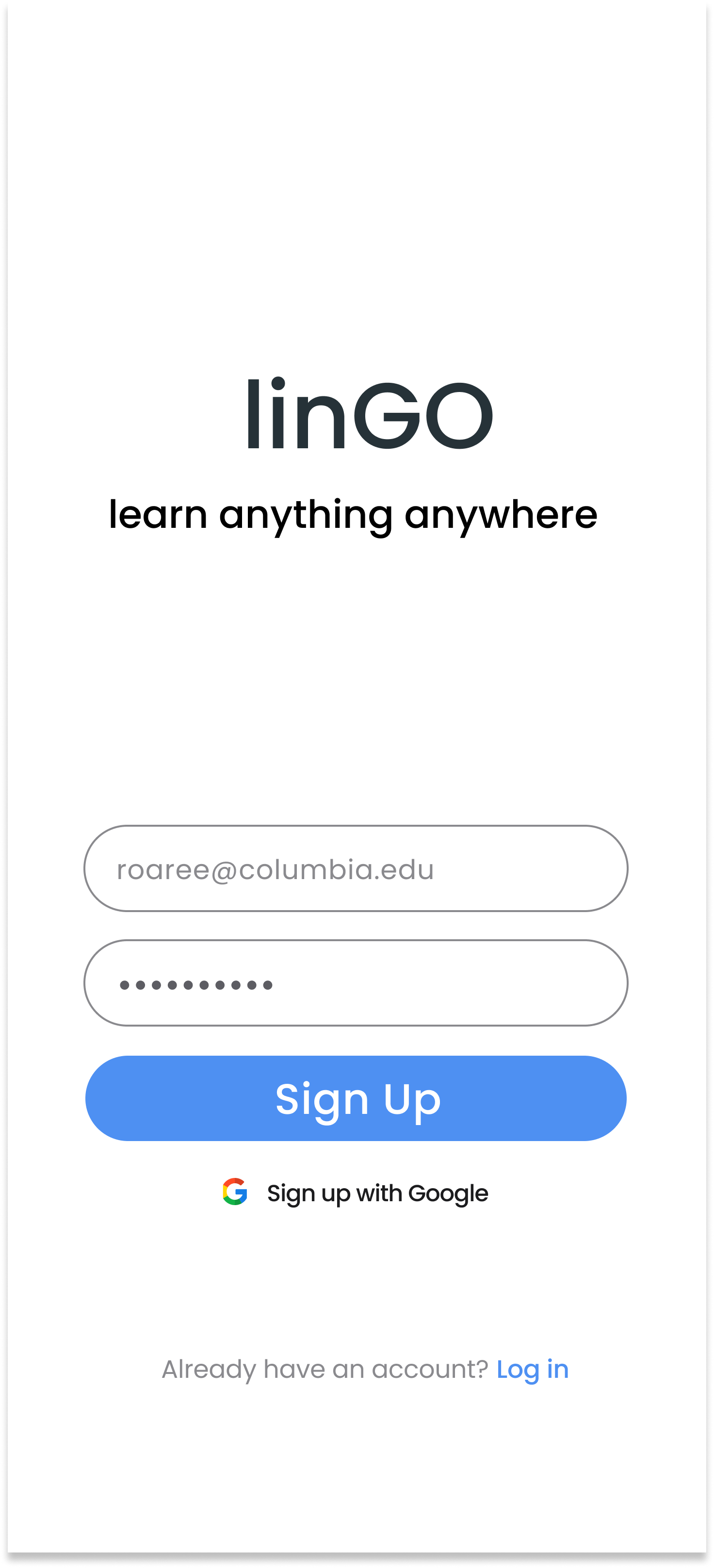
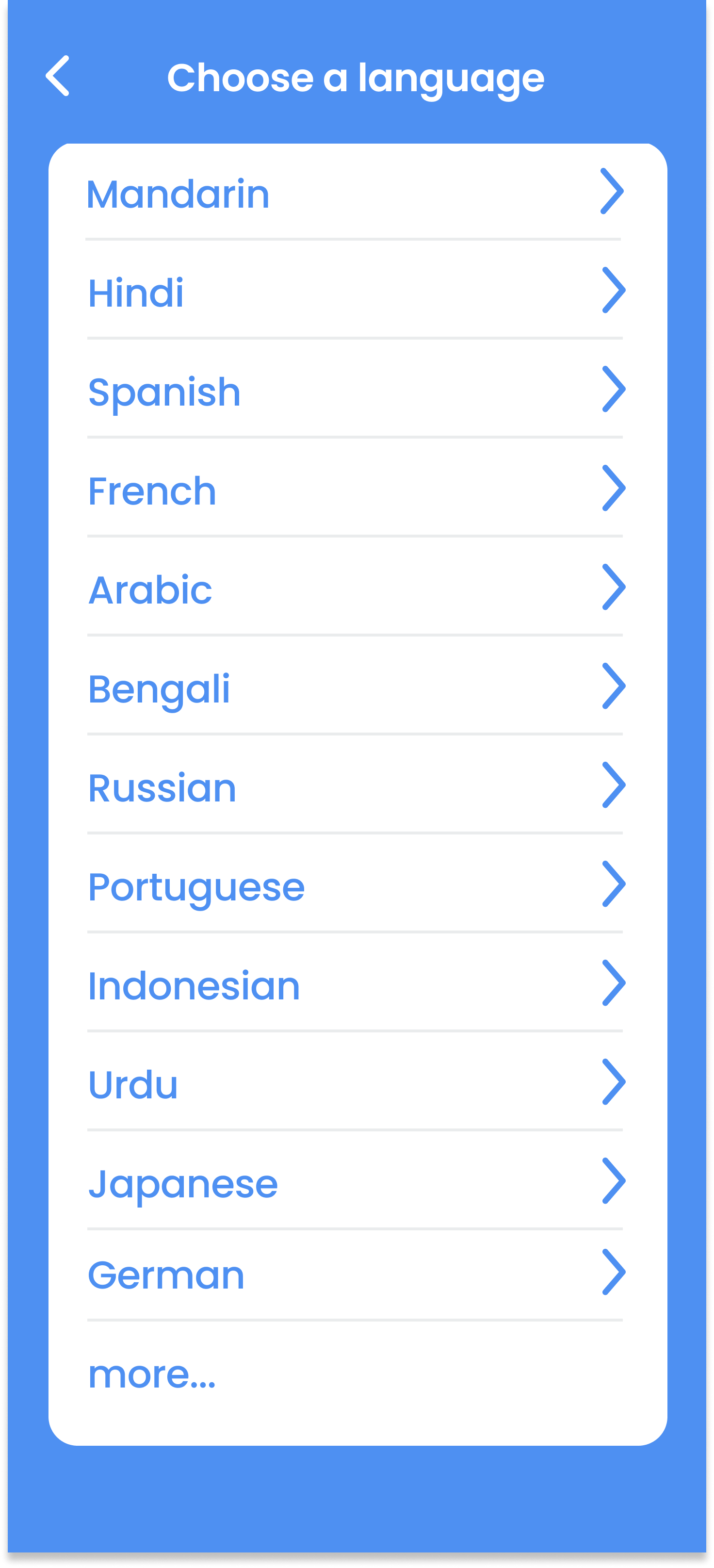
Location-based language learning makes real-world application the focus
Users consent to letting the app access their location data while the app is in use, and they can choose to let the app share their approximate location with other users. On the home screen, they can see nearby locations and users. Learning modules are based on location categories like grocery store, park, bank, etc. and can't be accessed unless the user is at that location. Once the user arrives at a relevant location, they get a notification and can choose to ignore it or complete a language learning lesson.
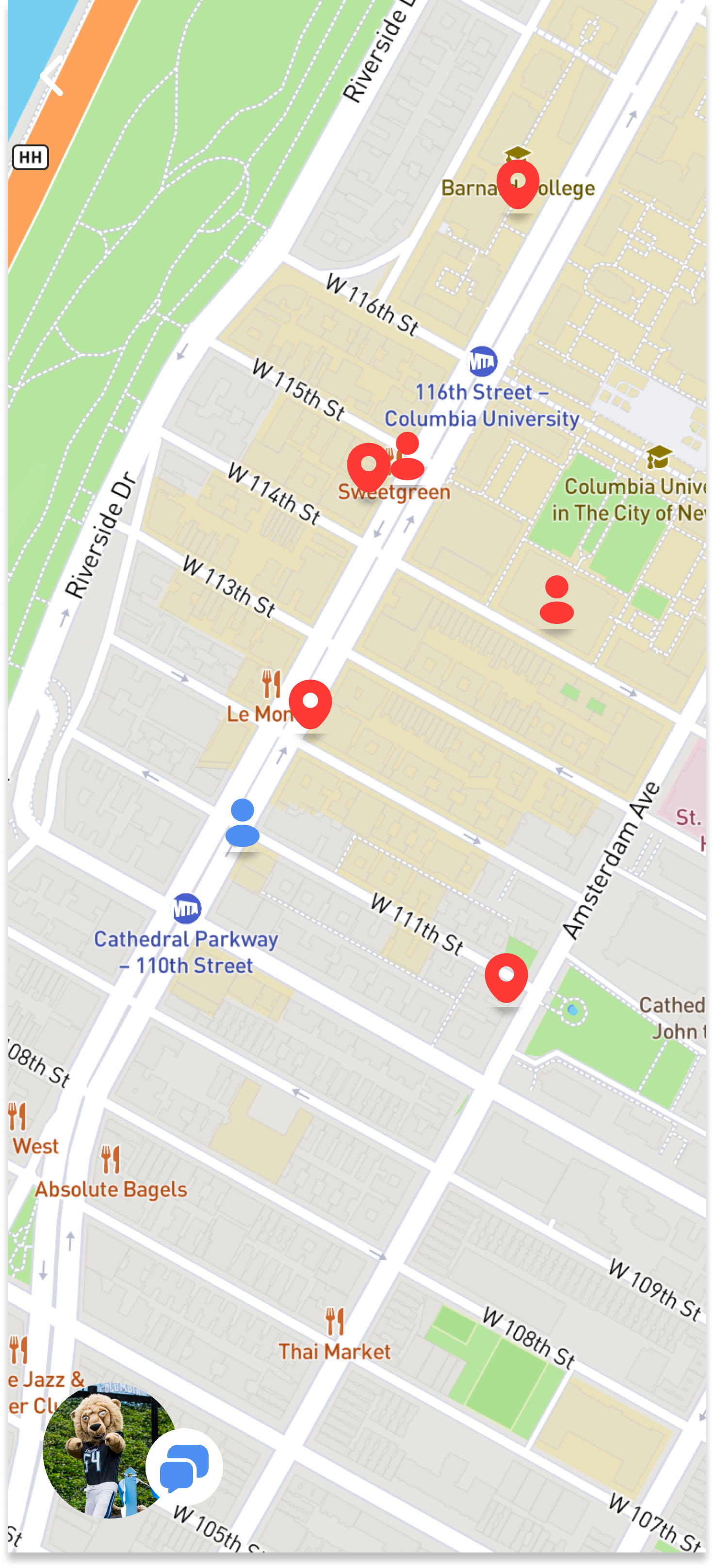
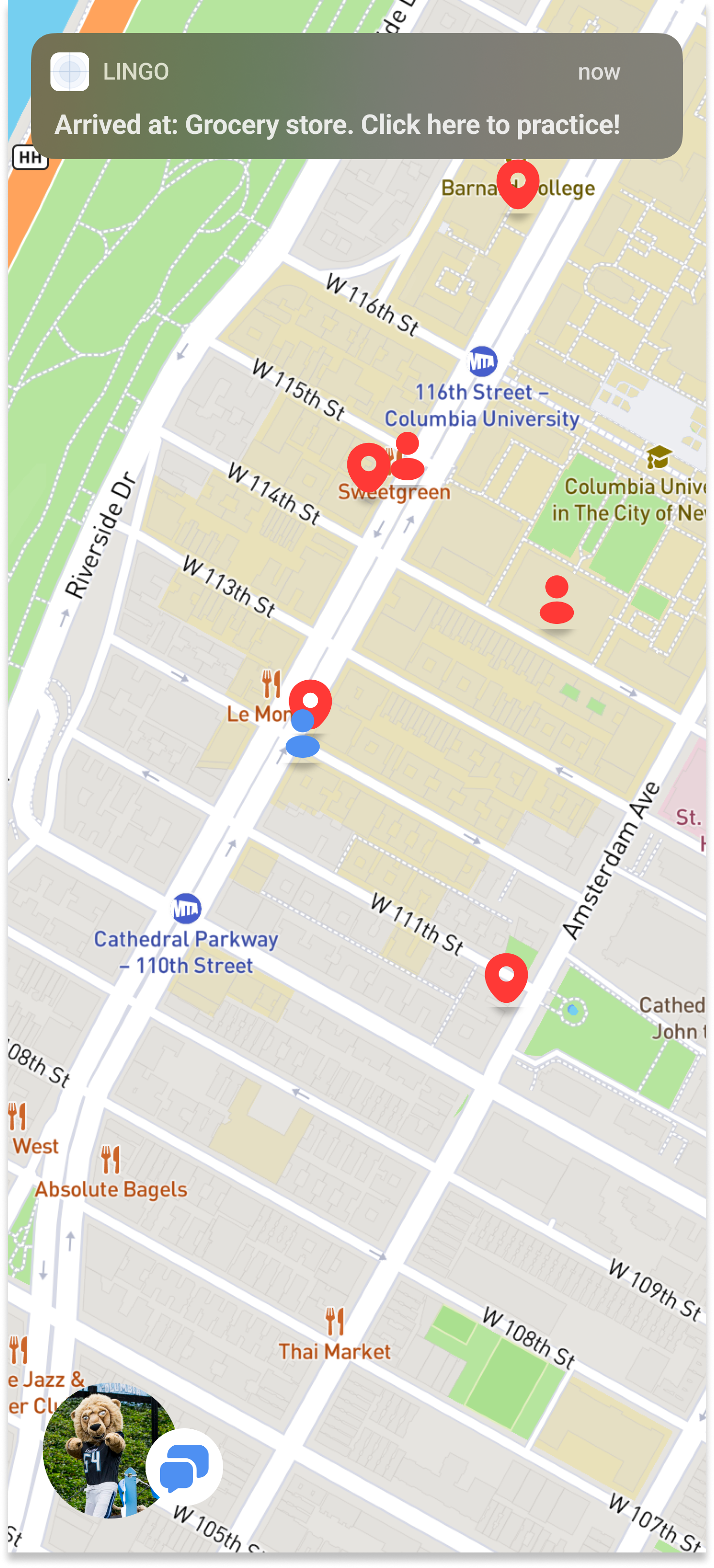
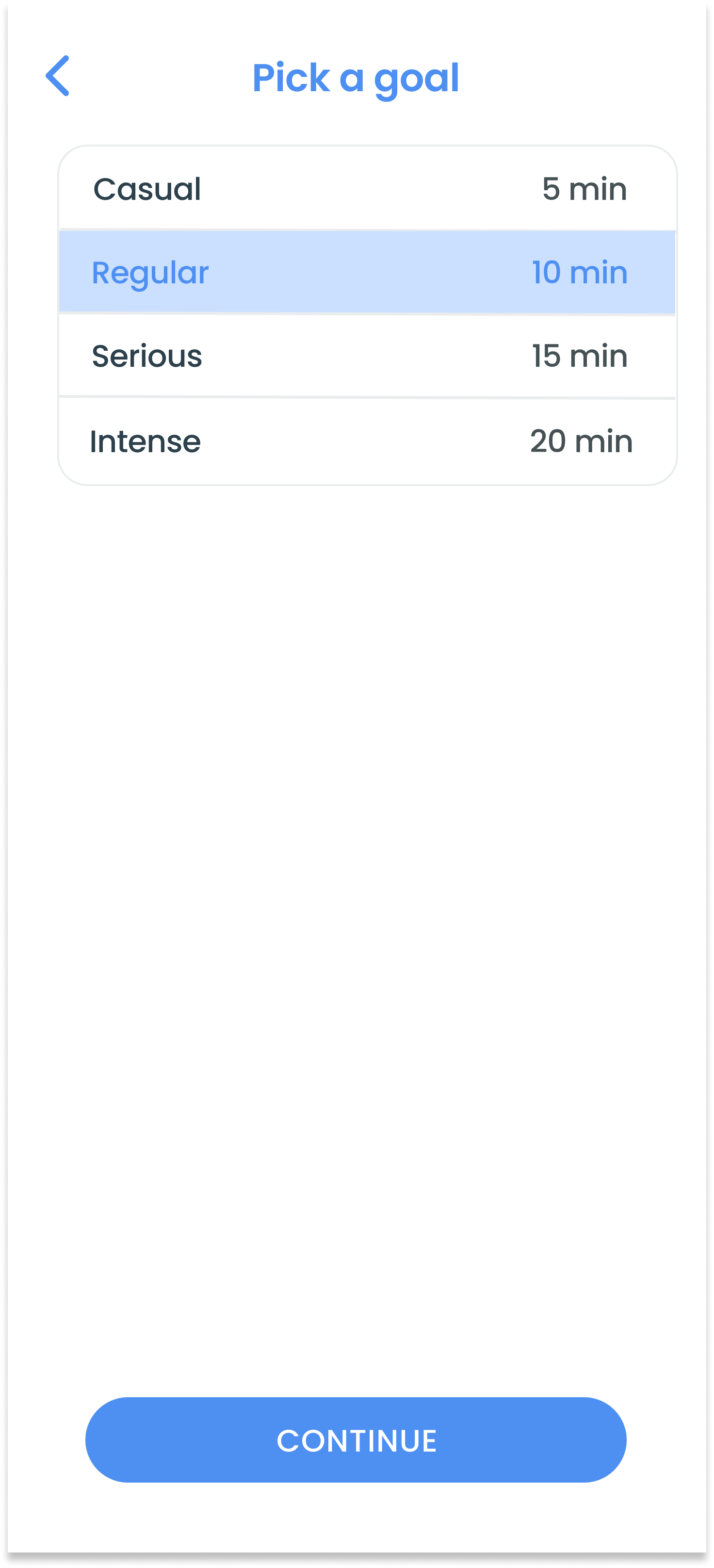
AR modules reinforce concepts through an immersive, independent experience
Scavenger hunt-style questions prompt the user to look for specific items and features.
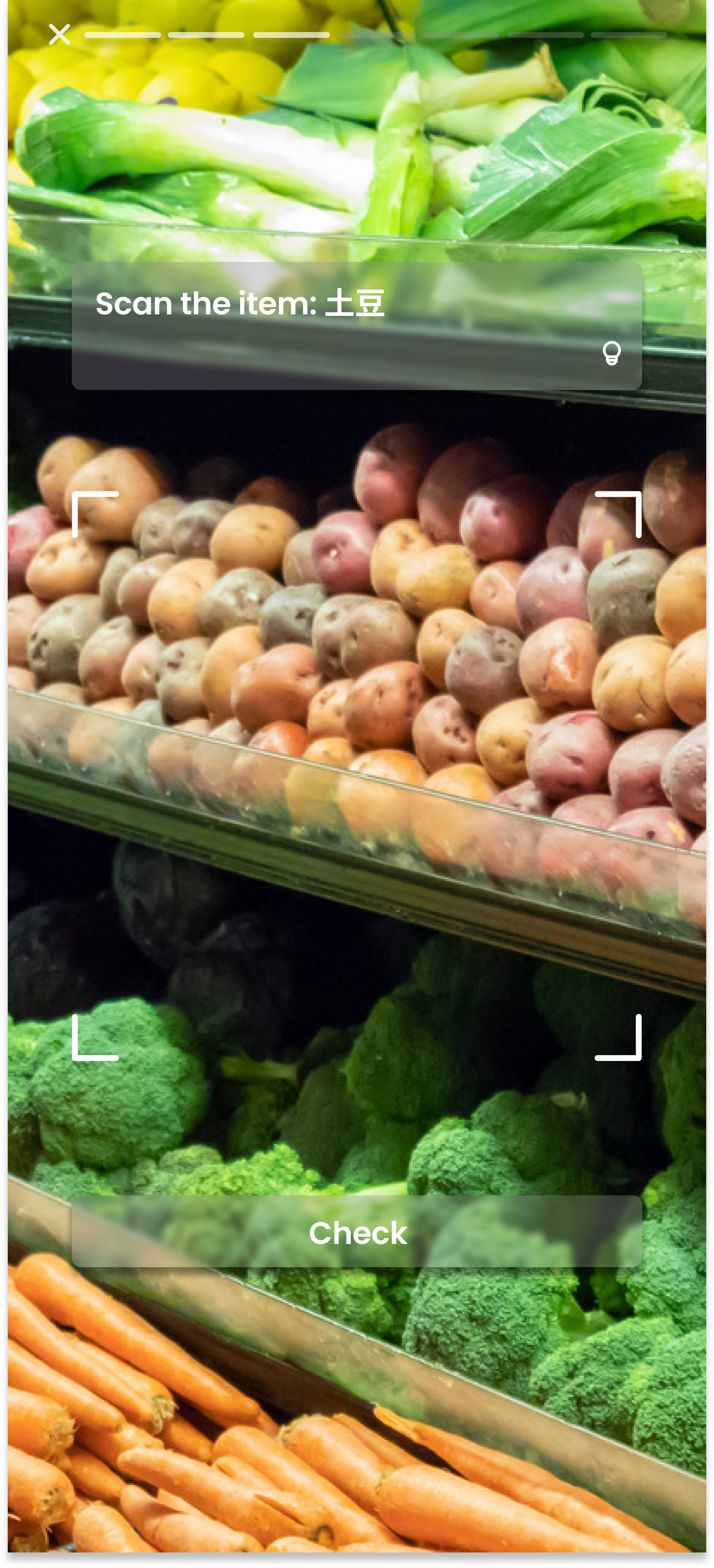
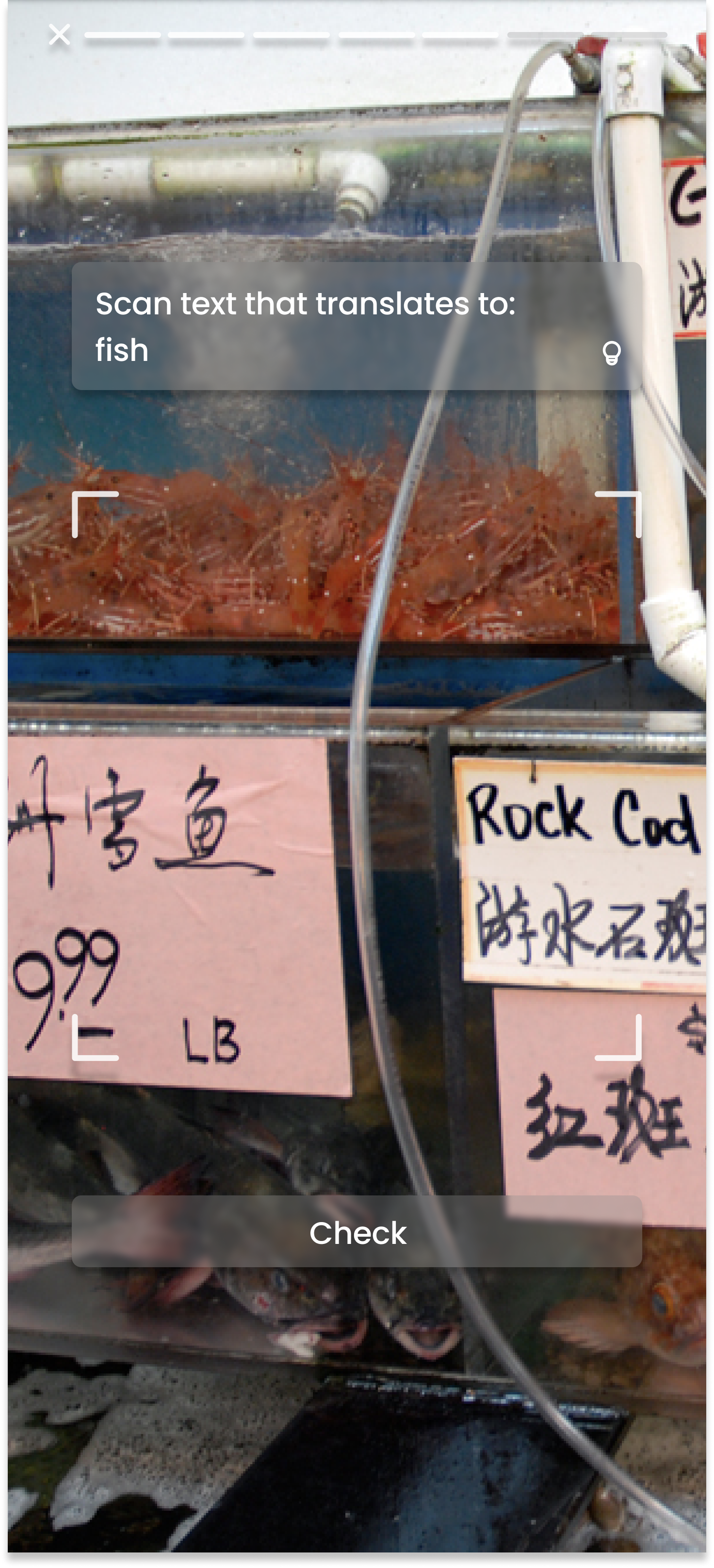
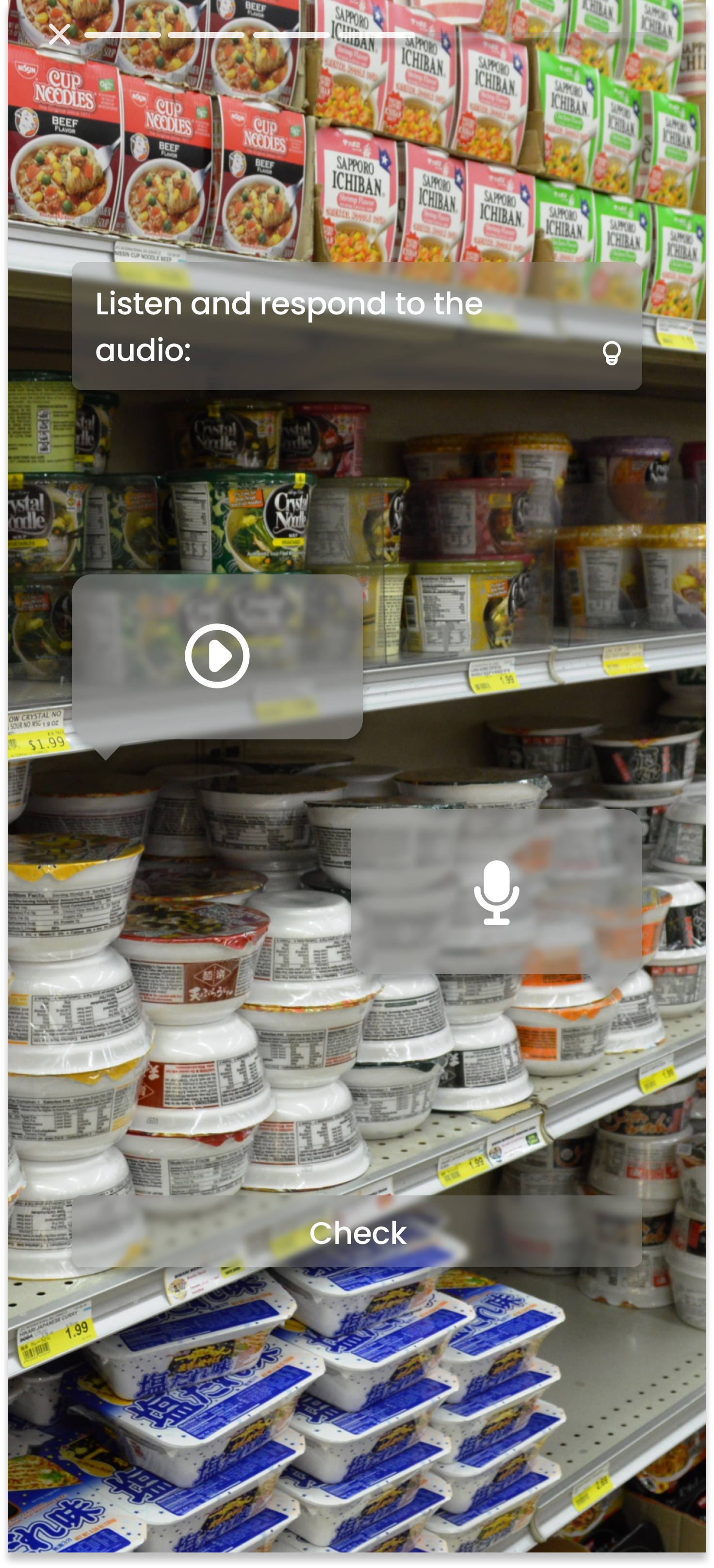
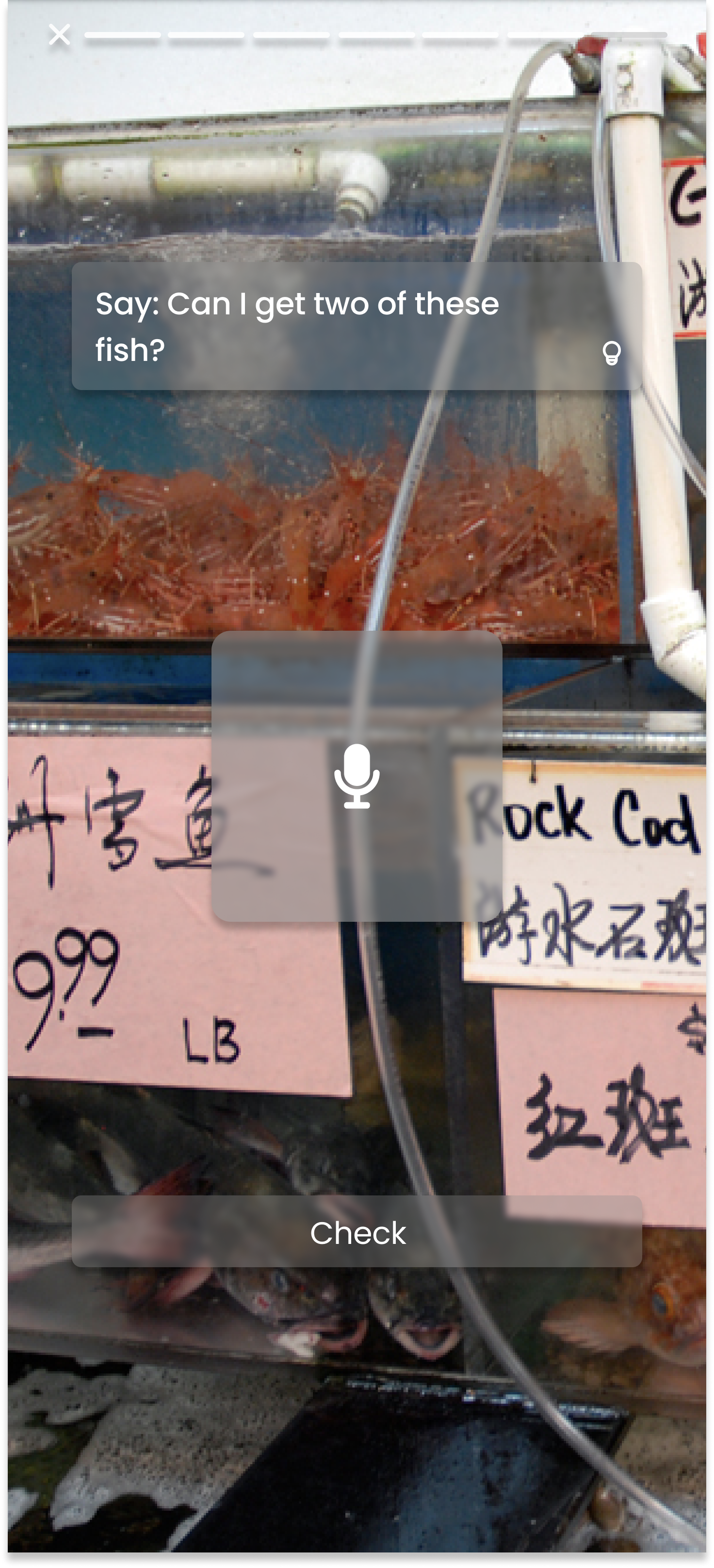
Connecting with nearby users maximizes the potential for further in-person practice
For example, a native English speaker learning Chinese can connect with native Chinese speakers learning English. Users only see other users who are in close proximity to them.
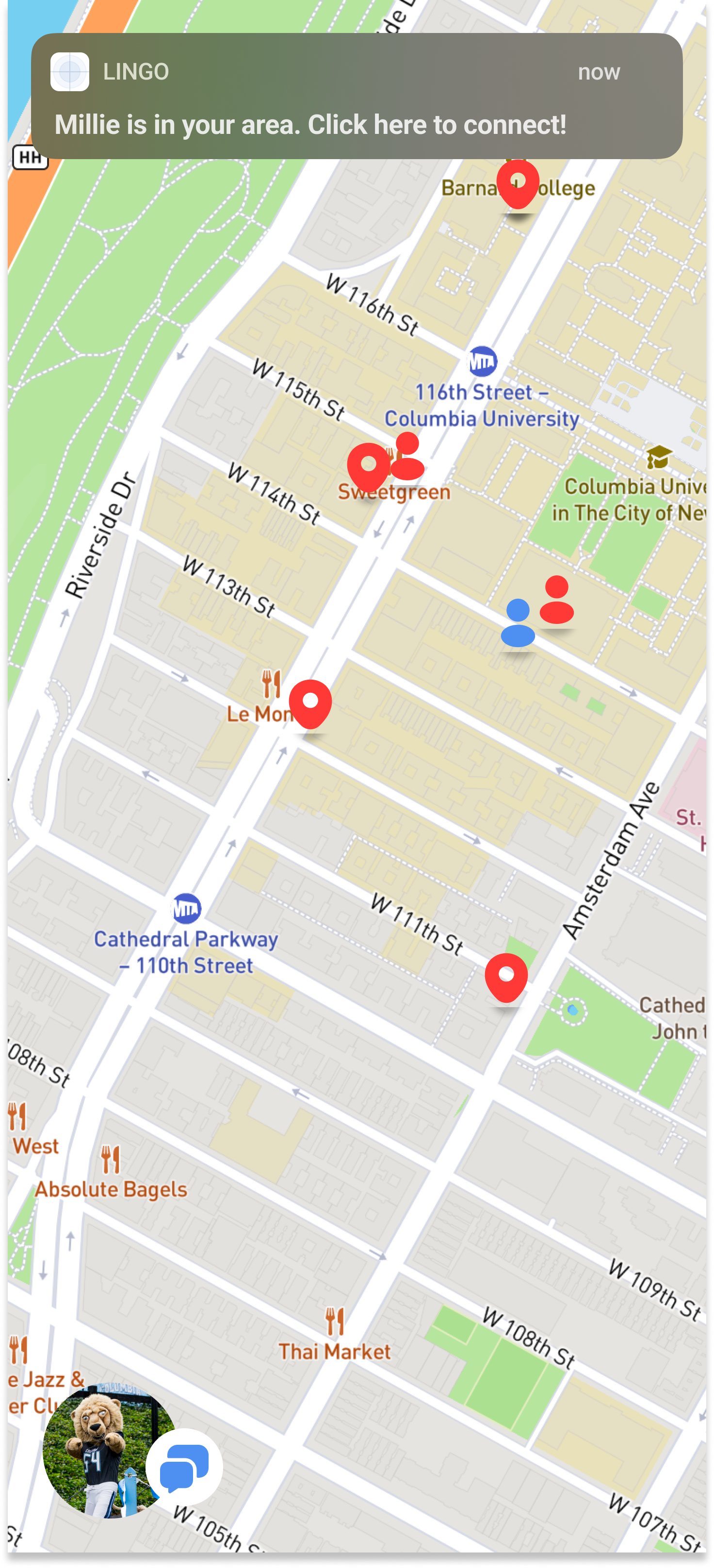
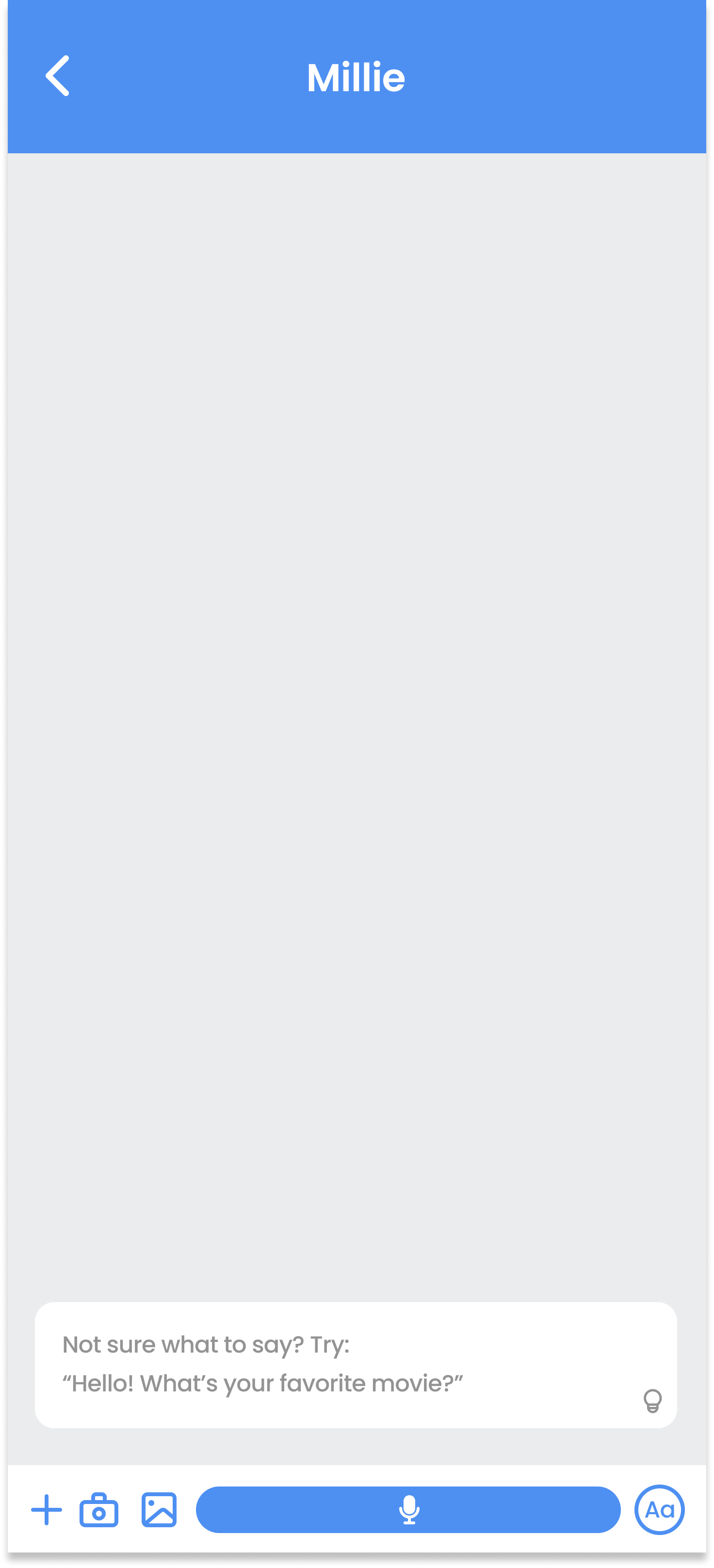
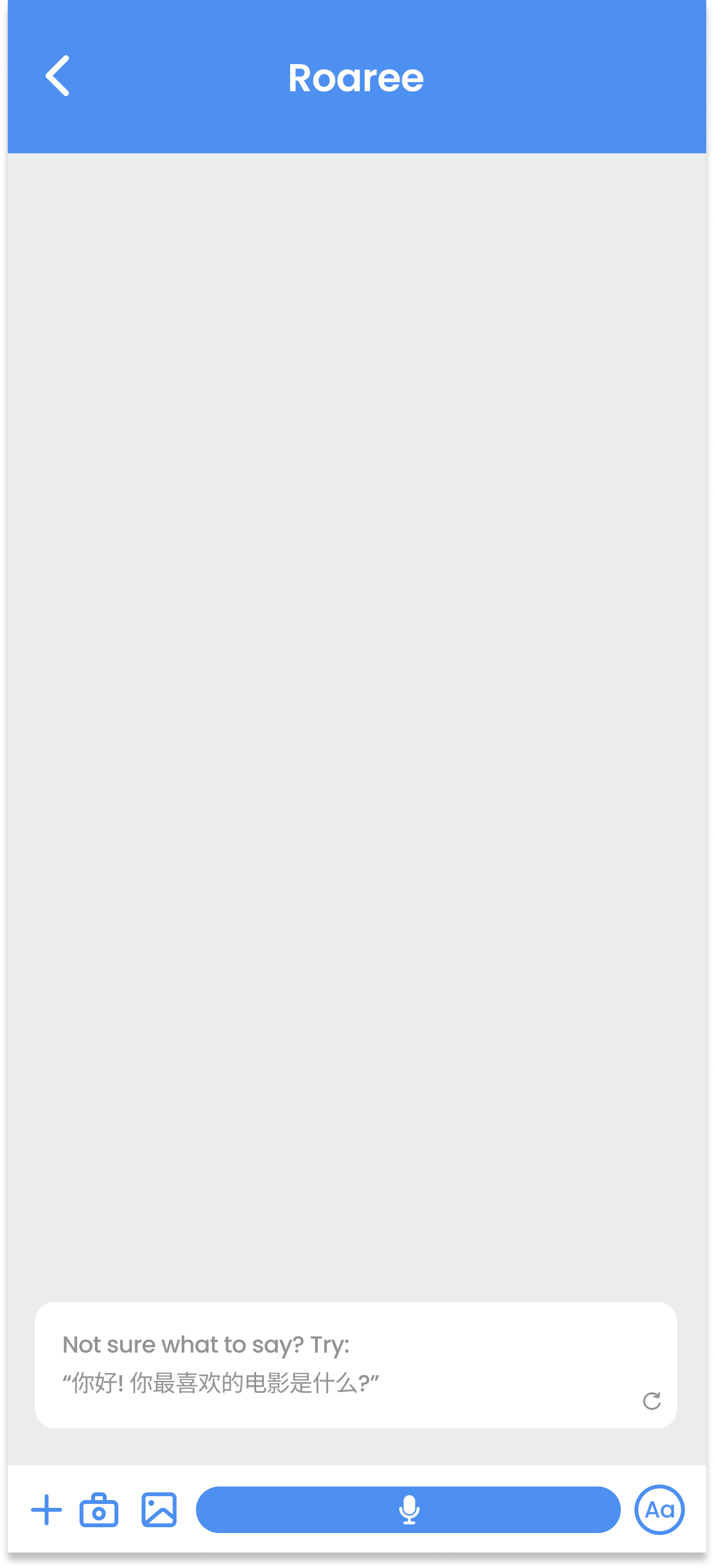
Increasing digitization means more accessibility and equity
Digitizing resources like language learning makes it easier for everyone to participate. Technology should be an equalizer, not a source of further disparity.